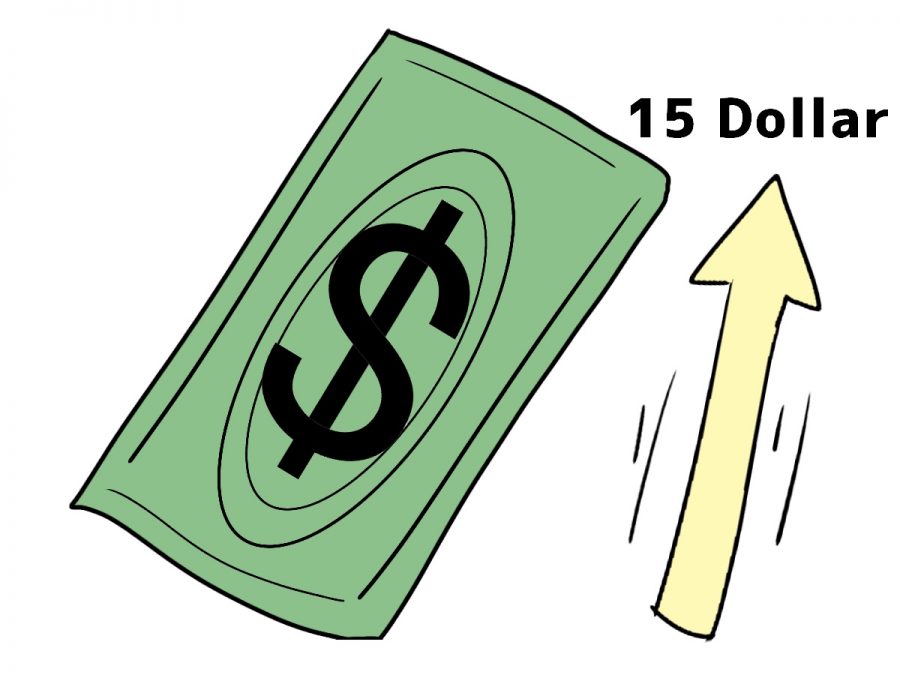Last year, Gov. Andrew Cuomo announced the new minimum wage of $15 — up from $13 — for companies with more than 10 employees, which would take effect in New York City and New York state.
The new minimum wage would ultimately improve employees’ standard of living but could also be detrimental to small businesses.
Small businesses such as restaurants have cut staff and introduced more automation, said Kevin Dugan, government affairs director for the NYS Restaurant Association to USA Today affiliate Democrat & Chronicle.
One example of automation is self-checkout machines, which businesses introduce to cut back on the cost of paying workers.
Besides New York, states such as Ohio and New Jersey also plan to raise their minimum wages. Raising their minimum wages would, in turn, match the cost of living. However, the increase in payroll could take a hit on their businesses as well.
In addition to the rise in payroll, there is a decrease in “free money,” as stated in Forbes.
The loss in free money, or disposable income, is a result of high interest rates and has increased the cost of money for small businesses that are not as profitable as big businesses. With less disposable income, high interest rates, an increase in costs and now an increase in minimum wage, small businesses may crumble under the pressure of the U.S. economy.
Not only does the new minimum wage affect small businesses, but it also affects unemployment. A study conducted by Paul Beaudry, David Green and Ben Sand published in the American Economic Review concluded that increases in minimum wage lead to unemployment growth in the long run. In the study, they found that a 1 percent increase in wages resulted in a 0.3 percent to 1 percent decrease in the employment rate.
In addition to this finding, most of the adverse employment effects that result from higher minimum wages are due to firm shutdowns.
The study conducted by these three men was also supported by another study, titled “Survival of the Fittest: The Impact of the Minimum Wage on Firm Exit.”
This study found that “lower quality restaurants are more likely to close following a minimum wage increase.”
Beaudry, Green and Sand used Seattle, Los Angeles and San Francisco as locations for their study, as all three had a recent increase in minimum wage up to $15. They predicted that there would be a 3 percent decrease in the employment rate in Los Angeles.
Seattle would see a 2 percent decrease in the employment rate and San Francisco would see a 1 percent decrease.
The reasons for these differences are due to the effects on various labor forces due to the rise in minimum wage.







